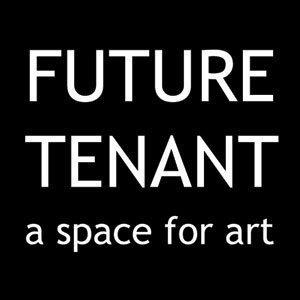"Flash: From the studios at the CMU School of Art", is a group show presenting work by 10 talented young artists from Carnegie Mellon University's School of Art opened on Friday, April 3rd. "Flash" refers to a sudden appearance of inspiration, just like how art is born. Ruby Wang has participated in the "Bountiful" group show last November, and Visual Programming Manager Kate Lin is happy to conduct a second interview with her to know more about her recent work.
Could you give us a brief introduction of who you are and how you became an artist?
Ruby: I am a beauty-driven shy woman in her early twenties, who is using art to express her struggles with food and what it means to be a female artist. As a child, I have always enjoyed making art and known that my future will involve the creative mind.
After the last successful show “Bountiful”, Future Tenant is very excited to show your work again at "Flash". Food is the common theme for both work showcasing at two different shows. Can you talk about how they are different and was there any new inspiration or ideas you have since the “Bountiful” exhibition?
Ruby: Food and desire is a common theme throughout my artistic studies and career. I have been exploring food in the pure visual pleasure and sensations, in which echoes almost a sexual arousal. As more experiments with this theme went on, the artworks have become more personal. In the last show "Bountiful", the paintings of wine and bananas are inspired by an intimate experience of personal conflict. The objects of the paintings are the central emphasis, associating with the play of bodily fluids and sexual organs. The newer pieces in the show "Flash" exhibit my branch to the aesthetics of a female body. I try to bring together the idea food and the female form, and my own concern with body images in my newer works.
What is your creative process for your newer work (Yogurt series and M&M)? How long does it usually take you to complete a project/artwork?
Ruby: The process involved many messy but fun photo-shoots with models or simply just myself. Then, I made decisions of how to print them and paint these photos in a way that provokes an emotional arousal and response. The work required photo taking, printing, and layering of paints and other media, so this project took around three months to complete.
Are you working on any new projects at the moment? And where can we follow your work?
Ruby: I have been continuing the idea of female body in balance with sensuous food subjects in new photography and painting series. These new projects can be seen on my website.
We know that you are graduating CMU this summer, what is your plan and where do you see yourself in five years?
Ruby: After graduation I am hoping to extend my artistic careers in other countries. I may settle in Asia for a year or two, and travel to Europe or come back to the States to further my education in the arts.









